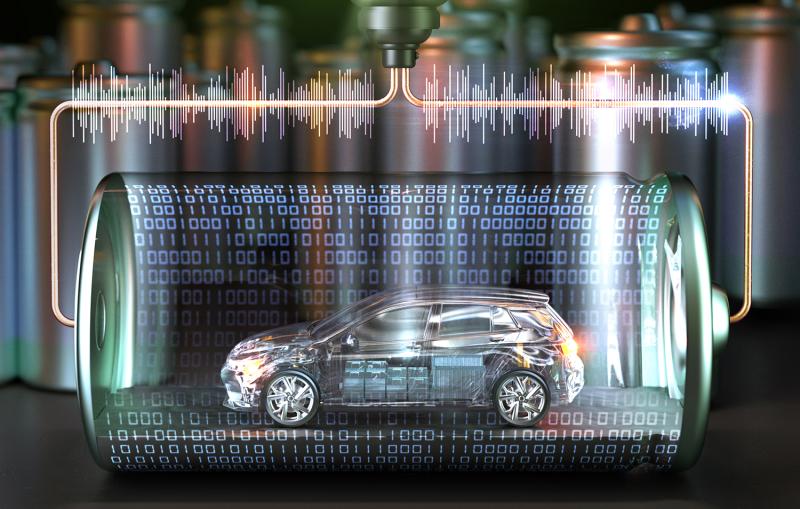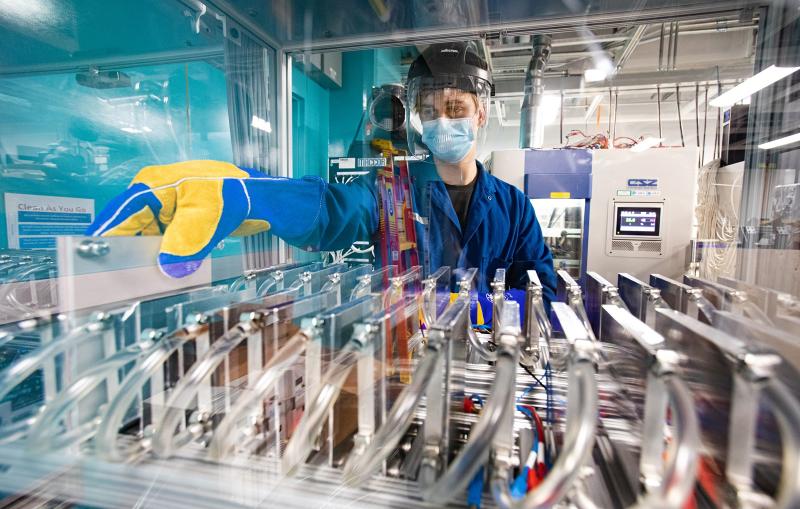



News Feature
Argonne National Lab
A new era for batteries: Argonne leads $50M sodium-ion innovation push

One of the most urgent challenges of our time is discovering how to generate the energy and products we need sustainably, without compromising the well-being of future generations by depleting limited resources or accelerating climate change. SLAC pursues this goal on many levels.




